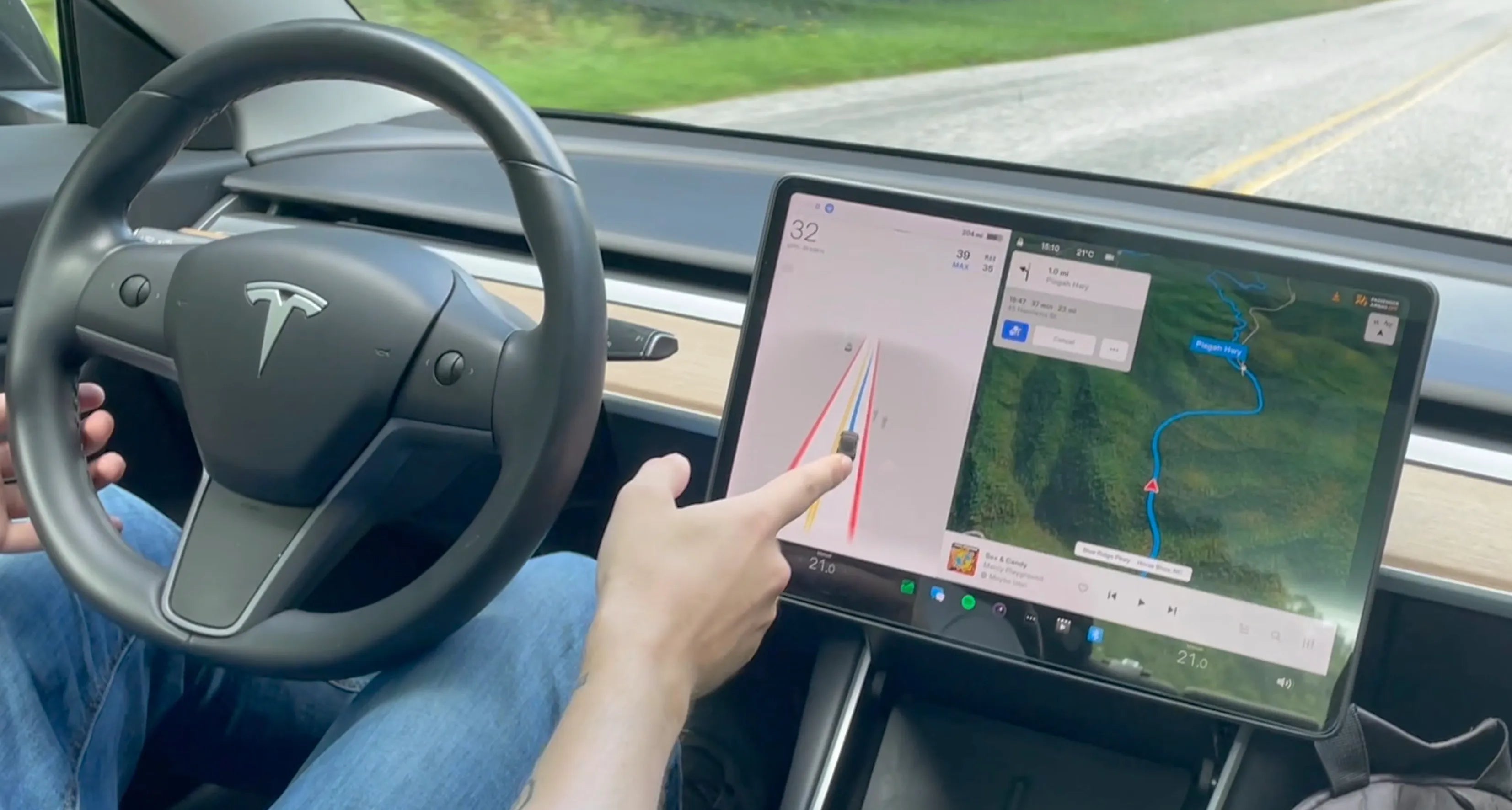A Promising Headline, a Troubling Trend
Tesla is once again touting improvements in its Autopilot driver-assistance system, saying its latest safety data proves the technology continues to make driving safer. But a closer look at the numbers tells a different story.
In its Q3 2025 Safety Report, Tesla said cars using Autopilot recorded one crash every 6.36 million miles, compared with the U.S. average of one crash every 702,000 miles, based on NHTSA and FHWA data. On paper, that makes Tesla’s system appear roughly nine times safer than the national average.
However, the trend is moving in the wrong direction. The figure marks Tesla’s third consecutive quarterly decline, dropping from 7.44 million miles per crash in Q1 2025 and 7.63 million miles in Q1 2024.

Looking Back at the Early Days
When Tesla began publishing safety reports in 2018, the company reported one Autopilot crash every 3.35 million miles. In that sense, the system has improved substantially over the years. But recent results show that Tesla’s once-impressive progress may be stalling—or even reversing.
Meanwhile, drivers operating Teslas without Autopilot averaged a crash every 1.51 million miles in Q1 2025. That number was nearly 2 million miles in 2018, suggesting that even manual driving in Teslas may be trending less safe.
Missing Data Raises More Questions
Tesla only releases one headline metric—crashes per mile—but doesn’t share any supporting data about what happens between those incidents. There’s no public record of:
-
How often Autopilot disengages,
-
How frequently drivers must intervene, or
-
How many miles are driven on highways versus in urban environments.
Without this context, it’s difficult to understand what these “safety” numbers really mean. Experts have long urged Tesla to release more granular data, given that the company clearly collects it from its vehicles’ onboard systems.
Autopilot Works Well—But Only in Certain Conditions
To be clear, Autopilot can be useful. It helps maintain lane position and adjusts speed based on traffic, easing driver fatigue on long highway trips. But Tesla’s marketing can be misleading—neither Autopilot nor “Full Self-Driving” (FSD) means the car drives itself. Drivers must remain alert and ready to take control at all times.
And that matters, because most Autopilot miles are logged on highways, which are statistically safer than city streets. There are no pedestrians, crosswalks, or cyclists to navigate around—factors that dramatically increase crash risk in everyday driving. Tesla itself advises owners to use Autopilot only on controlled-access highways, not in complex urban settings.
That means comparing Tesla’s Autopilot data to the national average—which includes every fender-bender and stoplight mishap—doesn’t provide a fair apples-to-apples comparison.

What Comes Next
With Tesla now selling “Standard” versions of the Model 3 and Model Y that don’t include Autopilot by default, future safety statistics could look very different. These base trims still offer adaptive cruise control but not active lane centering unless owners pay extra for the $8,000 FSD upgrade.
Meanwhile, Tesla is ramping up its robotaxi ambitions, which will be the real test of its autonomous systems. CEO Elon Musk says new cities will be added to the pilot program later this year, though the timeline remains uncertain.
Until Tesla begins releasing comprehensive safety data—including disengagement rates and crash contexts—it will remain hard to tell whether Autopilot is truly becoming safer, or just statistically convenient.
Recommend Reading: Tesla Admits HW3 Can’t Deliver Full Self-Driving, Plans Mass Retrofit








Aktie:
Tesla Recalls Nearly 13,000 EVs in the U.S. Over Sudden Power Loss Risk
Kia Tops Study as the EV Brand With the Most Durable Batteries